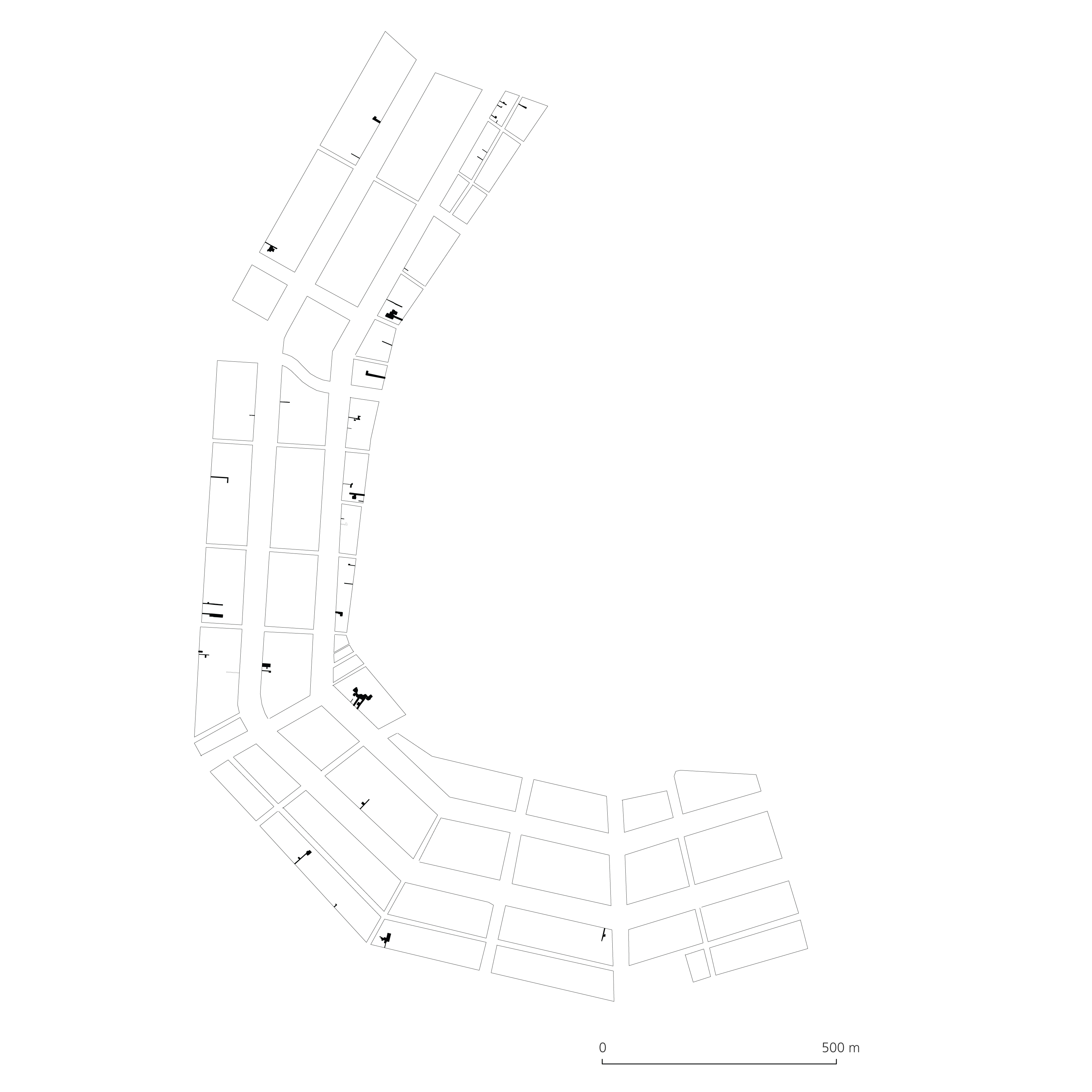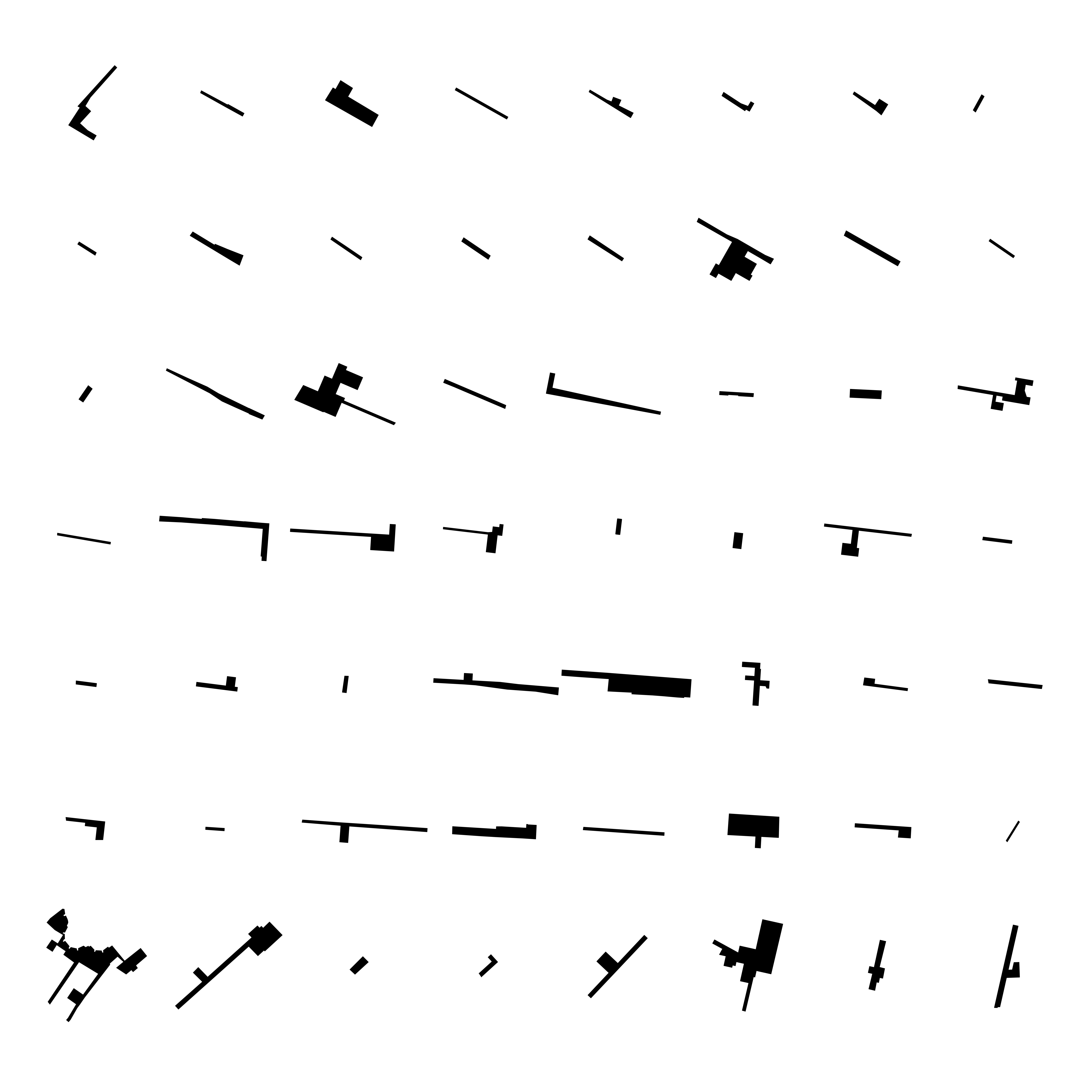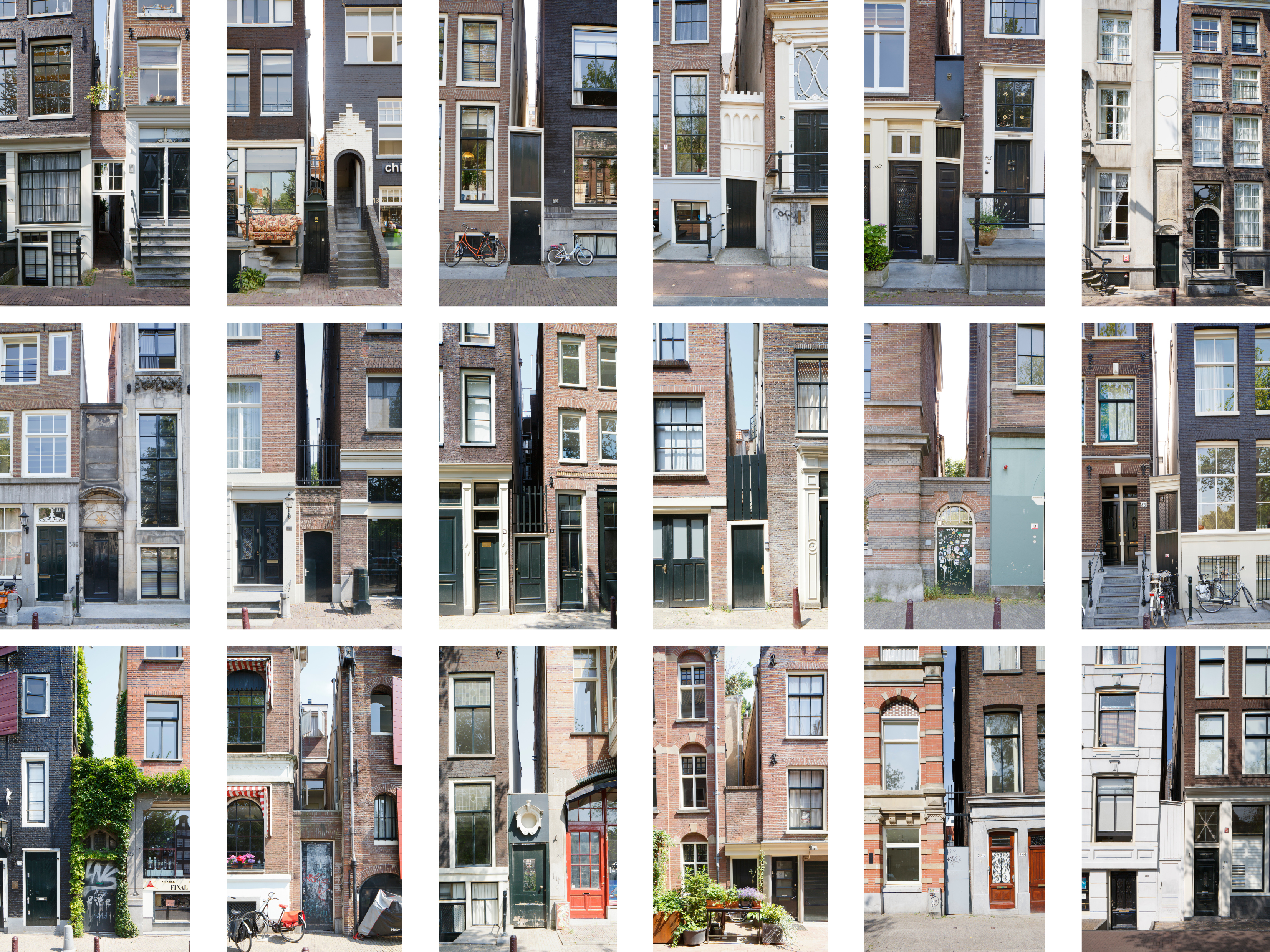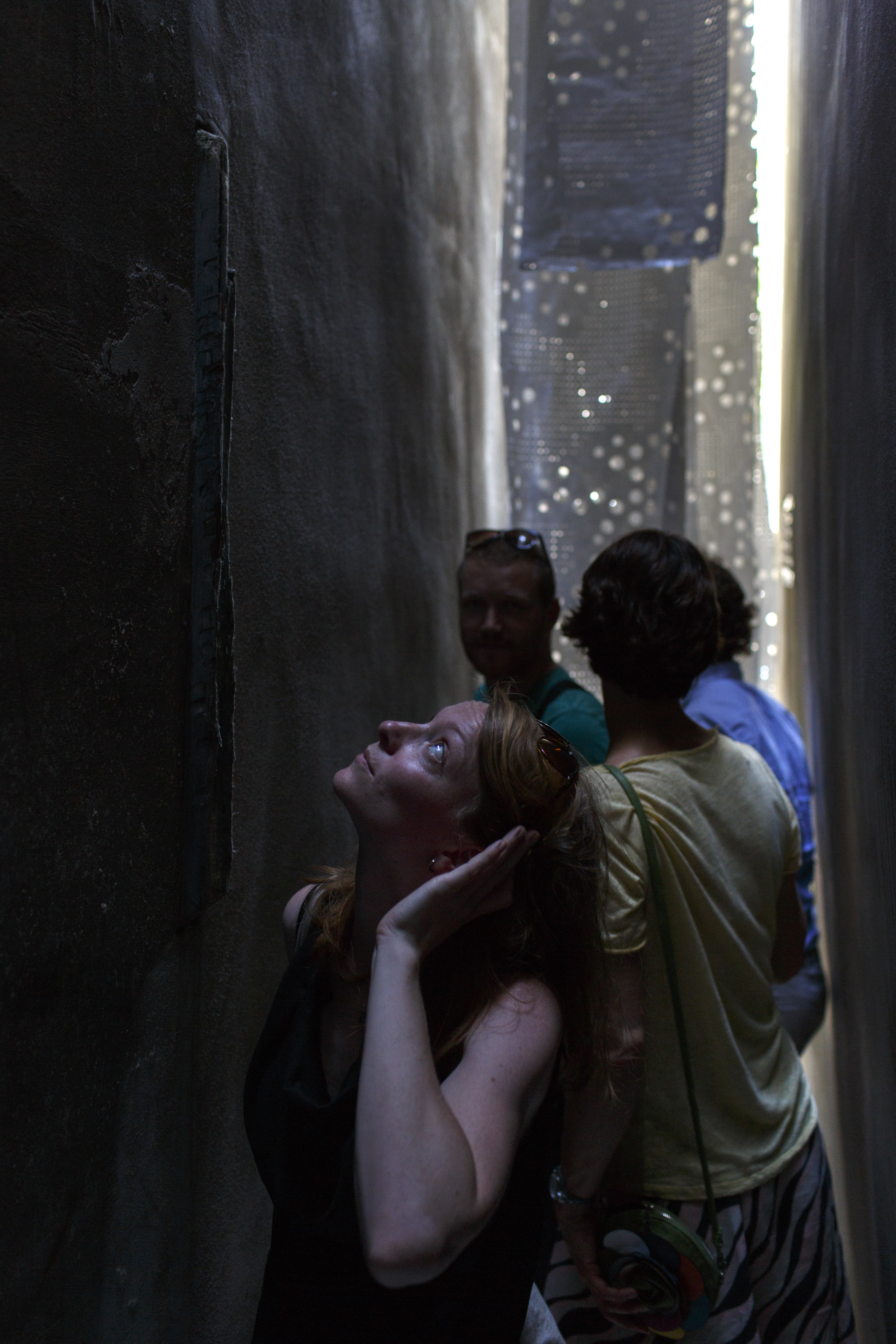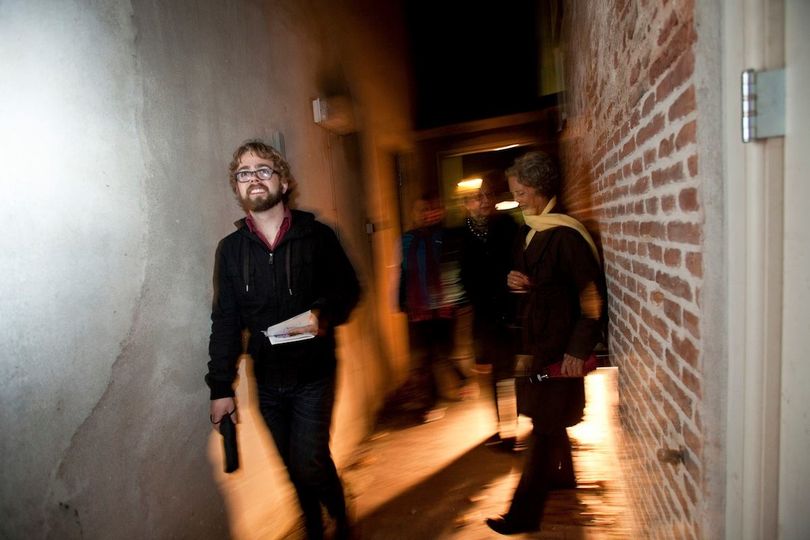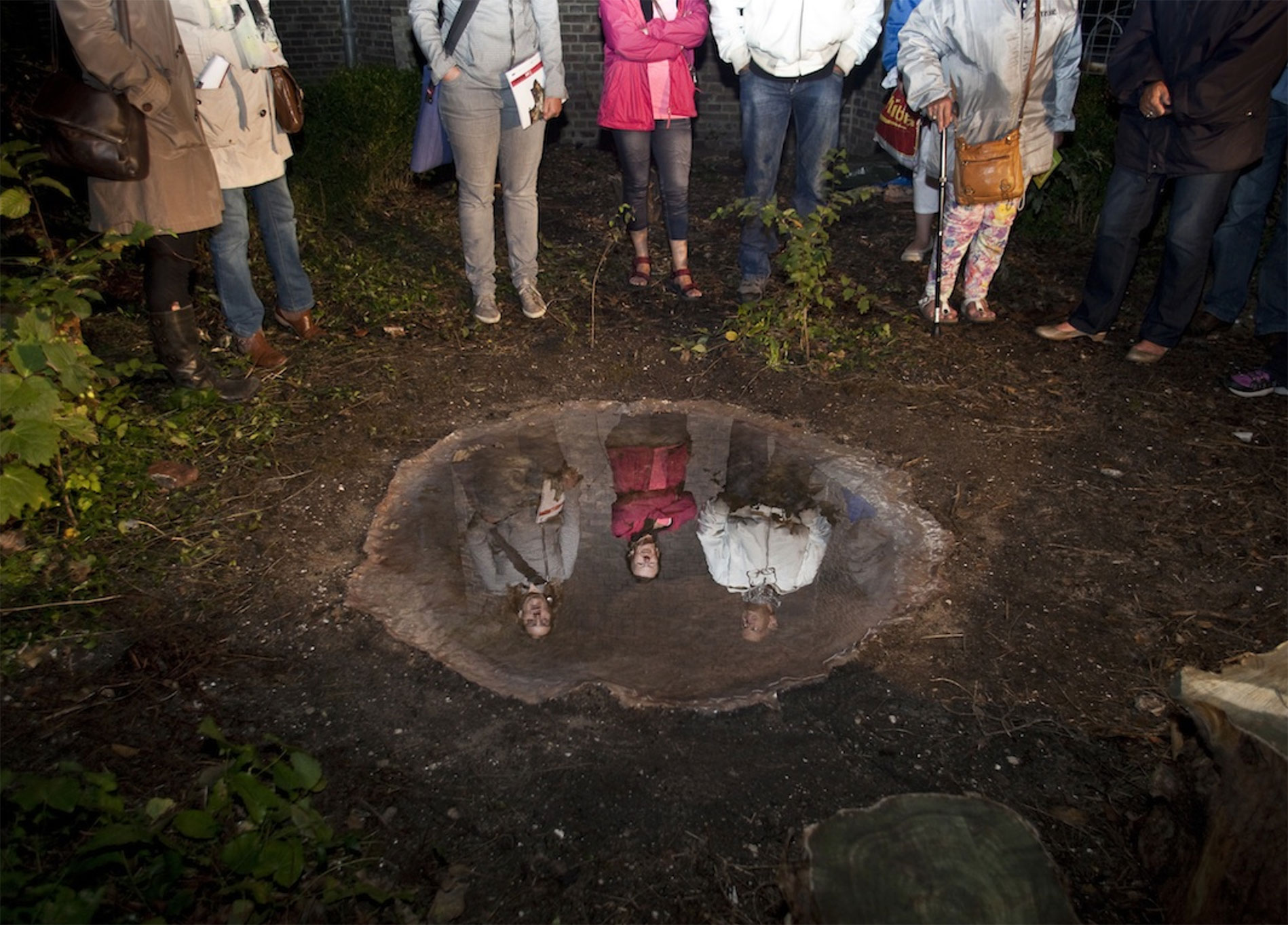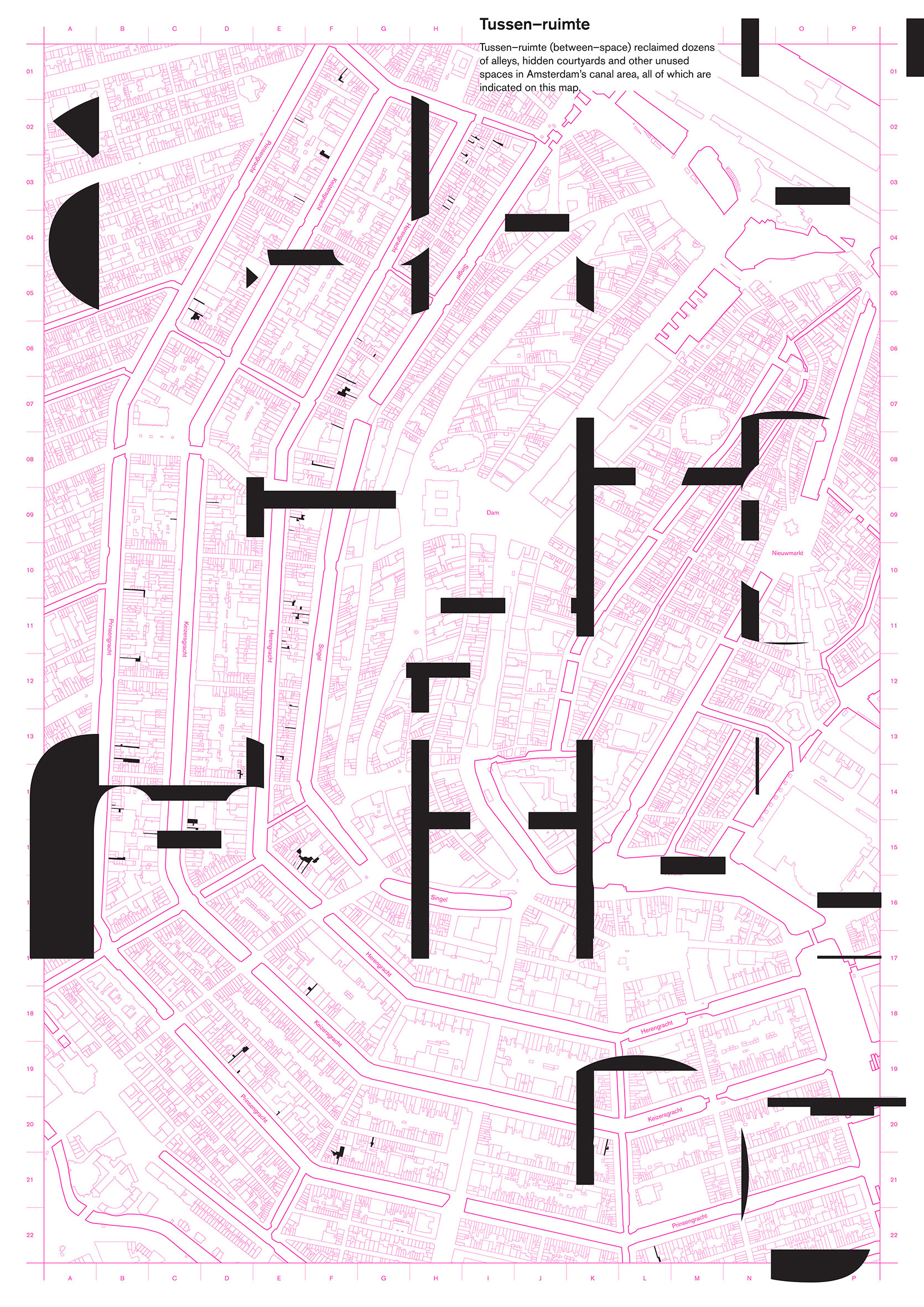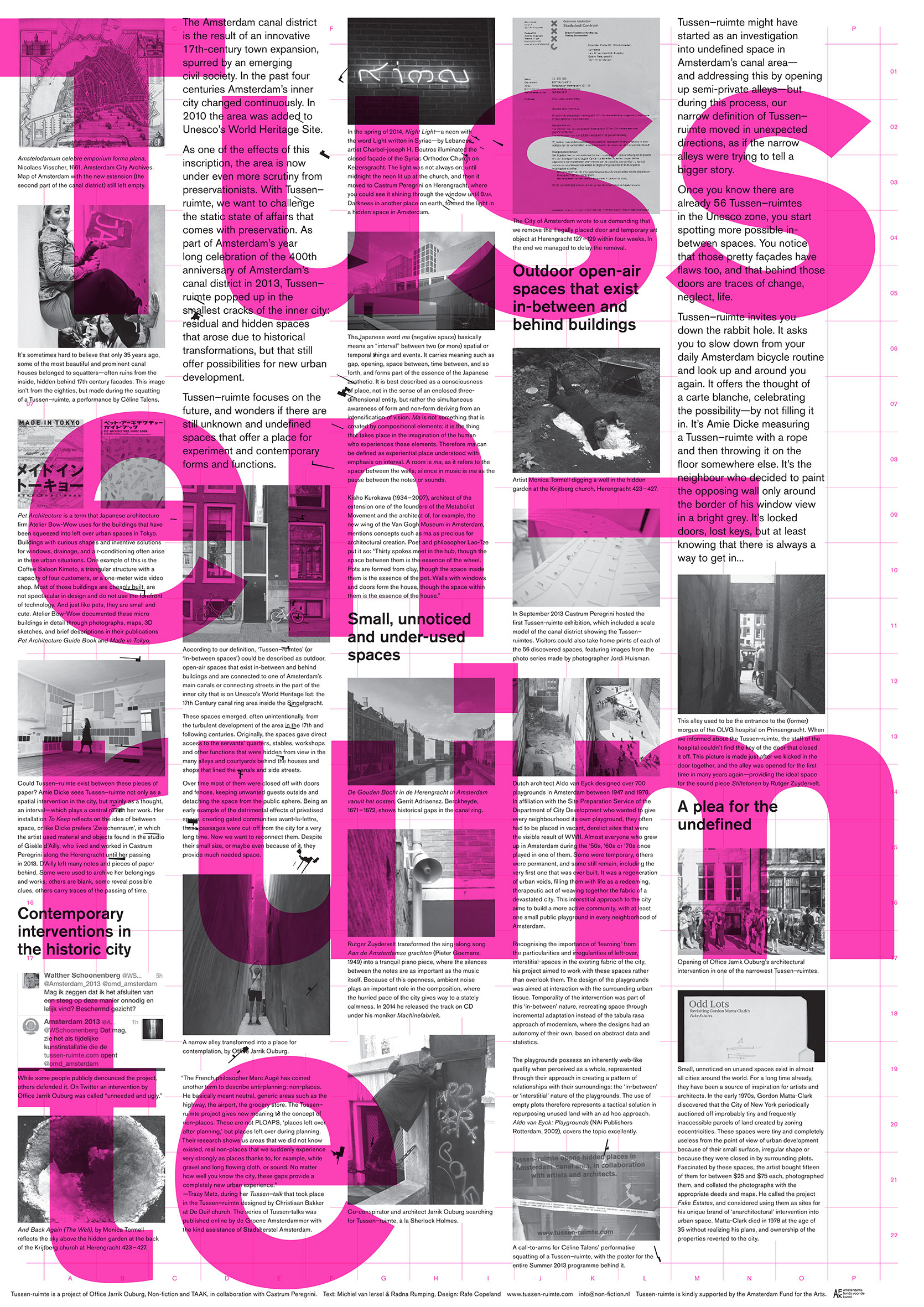The Amsterdam canal district is the result of an innovative 17th-century town expansion, spurred by an emerging civil society. In the past four centuries Amsterdam’s inner city changed continuously. In 2010 however the canal district was added to Unesco’s World Heritage Site. As one of the effects of this inscription, the area is now under scrutiny from preservationists and a process of centuries-long urban change threatens to come to a standstill and the city center will remain stuck in an arbitrary time frame, the moment of the inscription.
The aim of the manifestation Tussen-ruimte, which was initiated by Non-Fiction, TAAK and Jarrik Ouburg and financially supported by the city of Amsterdam and the AFK, was to stimulate new developments in the little space that is still available in this highly regulated context. As a result, the project does not focus on the existing buildings of the canal district, as it is subject to strict regulations, but rather on the 56 spaces ‘between’ the canal houses found in the UNESCO heritage site.
These spaces emerged, often unintentionally, from following centuries. Originally, the spaces gave direct access to the servants’ quarters, stables, workshops and other functions that were hidden from view in the many alleys and courtyards behind the houses and shops that lined the canals and side streets. Over time these spaces have lost their functions and were closed of with doors and fences and are currently used for bicycle storage or as a waste collection area.
During the Tussem-ruimte manifestation we want to reconnect them with the public space. Despite their small size, or maybe even because of it, they provided the much needed space for change. Rutger Zuydervelt transformed the sing-along song ‘Aan de Amsterdamse grachten’ into a tranquil piano piece which was played in a Tussen Ruimte where the silences between the notes were as important as the music itself. Céline Talens’ performace referred to the fact that in the 1960’s a lot of the beautiful and prominent canal houses belonged to squatters, and artist Monica Tormell created the piece And Back Again (the Well) in the hidden garden at the Krijtberg Church.
Paralel to the manifestation H401 hosted the Tussen-ruimte exhibition, which included a scale model of the canal district showing the Tussen Ruimtes. Visitors could also take home prints of each of the 56 discovered spaces, featuring images from the photo series made by photographer Jordi Huisman.
”One of the most significant architectural events of 2013 was undoubtedly ‘Tussen-ruimte’… the project holds a mirror up to contemporary architecture in the Netherlands’
– Architecture in the Netherlands, Yearbook 2013/2014
Article on www.archined – 9th of September 2013
Article on www.nrc.nl – 2nd of August 2013
Article in De Groene Amsterdammer – 29th of August 2013
